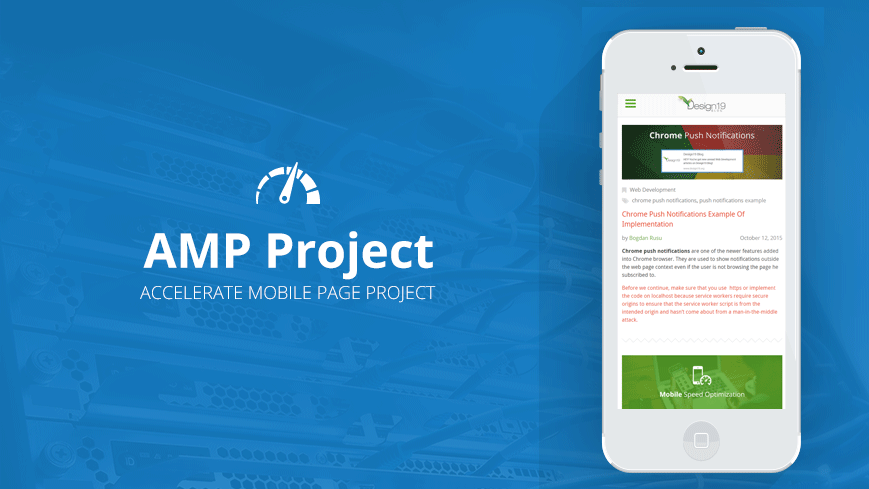AMP: Facts to Know About Accelerated Mobile Pages

Accelerated Mobile Pages is a relatively new technology from Google, which appeared in connection with the new page indexing policy. Google is gradually moving away from desktop indexing, and it is believed that as early as next year, mobile versions of the site will prevail in search. For mobile users, page loading speed is the deciding factor, which is why using AMP technology is so important.
What it is?

In general, AMP page loading acceleration technology appeared 2 years ago, in October 2015, but was not widely used. The reason is not that it is technically difficult to implement - Google encourages the use of its own developments - but that site creators do not fully understand its advantages.
So what is AMP? These are AMP HTML site web pages. The provided set of tags saves such a page in the Google cache, and when working on smartphones with an insufficiently high Internet connection, it is loaded directly from the cache. It turns out that Google is becoming a CDN (content delivery network). At the same time, all elements of such an “accelerated” page are not loaded immediately, but sequentially, as the user scrolls the page. This approach does not affect the user-friendliness in any way, but allows you to further increase the speed. It is important that all content is cached, including banner ads, so the visitor will also see ads connected to AdSense.
What you need to know from AMR

Facts to help you decide:
- This page loading format is supported by major search engines around the world, including Google, Yahoo! Japan and Baidu. In addition, pages with rooted loading will show up great in the feeds of LinkedIn and Pinterest sites, as well as Twitter.
- An AMP-enabled page loads in just 0.7 seconds (against an average of 22 seconds for a normal page). This speed allows you to make "phenomenal offers" to the user, because he will not have time to think at all. But when the site takes a long time to load, a potential client can leave faster than they study the information provided.
- Such pages can be in the top image carousel - but only if they are initially created with a special data structure in mind. The page must contain a preview image, a brief description of the content presented, as well as the date the last changes were made. The nuances of the structure must be taken into account even during development.
- AMP pages are actively tested by news portals and media. After The Washington Post and The New York Times, this format has been successfully tested by major news sites. For most platforms, AMP has become a great alternative to the mobile version. But this format is suitable not only for newsrooms, but also for online stores. The more mobile traffic comes to the sphere of online sales, the faster you need to load product pages. Therefore, AMP is a matter of usability, not fashion. The developers claim that very soon mobile pages with accelerated loading can be used for sales directly, without switching to the mobile version of the site. This means that such pages can be updated according to dynamic information about the availability of goods and other nuances of "direct sales".
- Thanks to the API from Google, these pages can be reindexed forcibly, at the request of the owner.
- Pages with accelerated loading can be monetized. The main tools for this are: Amazon A9 and Google DoubleClick, as well as Google AdSense and Smart AdServer.
- You can track errors that occur on such pages using Google Search Console. Any errors (for example, when changing content) that may cause the page to fail to comply with accelerated loading standards are displayed here.
- Google Analytics has a special resource for analyzing pages with accelerated loading - amp-analytics.
- Such pages are quite suitable for conducting A / B tests, which allows you to find more effective design and content. When selling “mono goods”, such a page can easily replace a landing page. It is also suitable for offering services to mobile users.
- AMP can be complemented by PWA, that is, it is possible to combine mobile pages with accelerated loading with the Progressive Web Application format, progressive applications for the web.
Of course, now we can’t say that AMP will completely replace classic mobile pages, but the demand for the development of an “accelerated format” is growing. Foreign resources (both news and trading platforms) are actively using this technology from Google and are not going to abandon it. To understand how this technology meets the needs of your business, it is worth testing.
